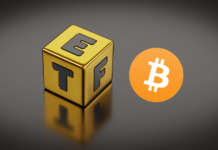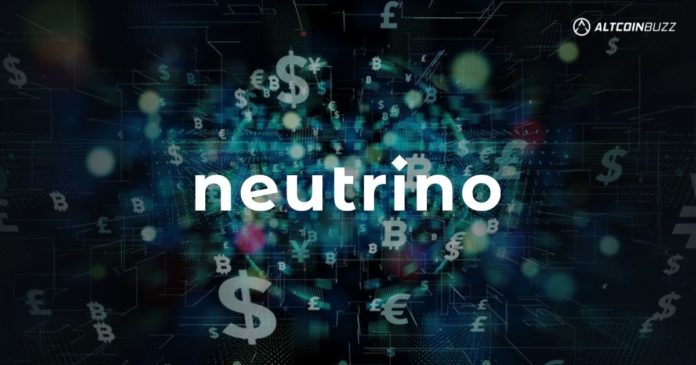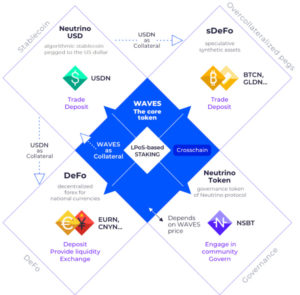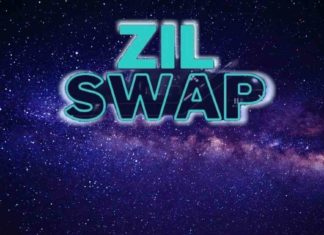Historically, stablecoins used the US Dollar as collateral. This idea made sense with the first stablecoins. This is because the USD had much greater stability than it does now.
However, as the value of the USD became questionable, protocols began to add other assets to the stablecoin’s backing portfolio. The goal was to minimize the negative impact of the USD on stablecoins. That’s where Neutrino comes in. A DeFi toolkit that enables the creation of stablecoins pegged to many real-world assets. Therefore, in this article, you will discover more about this important protocol.
What is Neutrino?
The Neutrino protocol is represented by a group of tokens built on the Waves blockchain. Neutrino has three tokens:
- WAVES: WAVES is the native token of the Waves blockchain enable to pay transactions fees in Neutrino’s protocol. It serves as collateral for USDN.
- USDN: Its algorithmic stablecoin is pegged to the USD. It serves as collateral for NSBT. More information here.
- NSBT: It’s a governance token, which depends on the price of WAVE. More information here.
In the picture below, you can see how the Neutrino ecosystem works. Also, it’s important to say that USDN staking yields are 15% APY.
Source: Neutrino Docs
On the other hand, DeFo is open-source and can be integrated into another platform. This decentralized platform is part of Neutrino’s ecosystem. This enables instant stable-price assets swaps. DeFo is implemented in Wave Exchange. Also, the assets behind this platform are backed by USDN and new tokens minted by providing USDN.
Moreover, DeFo has the following fee structure:
- Transaction fee: This fee is paid with WAVES tokens.
- Liquidity provider fee: It’s 0.2% of a transaction amount. This kind of fee has 3 different types.
- Primary Collateral fee: It’s 0.05% of each swap transaction.
More About Neutrino
Neutrino has developed a stablecoin pegged to the euro. Thanks to Waves blockchain’s consensus, Neutrino’s stablecoins can participate in staking. Moreover, Neutrino has other tokens pegged to other fiat currencies:
- CNYN: Neutrino’s token is pegged to the Chinese Yuan.
- JPYN: Neutrino’s token is pegged to the Japanese Jen.
- RUBN: Neutrino’s token is pegged to the Russian Ruble.
- GBPN: Neutrino’s token is pegged to the British Pound, among others.
Note: Neutrino has voting proposals to launch new tokens pegged to other fiat currencies.
On the other hand, people can invest in a Neutrino pool to receive rewards, represented by a % of transaction fees, for providing liquidity every 24 hours. In addition, users get staking rewards. Moreover, there are two types of collateral in these pools:
- Primary Collateral: Accumulated funds through USDN swaps.
- Secondary Collateral: Funds are directly participating in the pool.
This means that when the rate of fiat currencies, where Neutrino’s stablecoin is pegged to, the primary collateral is not enough. This is where the secondary collateral gets in. Then, when the collateral covers 100% back again, funds are not unlocked anymore.
⚡️We completed our first steps towards decentralization and changed the mechanics of $NSBT and swap. Welcome the updated websitehttps://t.co/1FGfboHpMK
All changes are described in detailed in our latest article. We congratulate our community and hope you will enjoy the update🚀 pic.twitter.com/RFy5ndDpdV— Neutrino Protocol 🌊 (1 ➝ 2) (@neutrino_proto) March 24, 2022
NSBT & WAVES Price Outlook
At the moment of writing this article, the price of NSBT is $49.19 with a marketcap of $124.2 million. Also, it has a 24-hour trading volume of $742 million. NSBT decreased 3.6% in the last 24 hours with a total supply of 2.5 million tokens.
On the other hand, the price of WAVES is $55.32 with a marketcap of $5.5 million. Also, it has a 24-hour trading volume of $3.4 million. WAVES increased 9% in the last 24 hours with a total supply of 100 million tokens.
Join us on Telegram to receive free trading signals.
Find the most undervalued gems, up-to-date research and NFT buys with Altcoin Buzz Access. Join now starting from $99 per month.




























